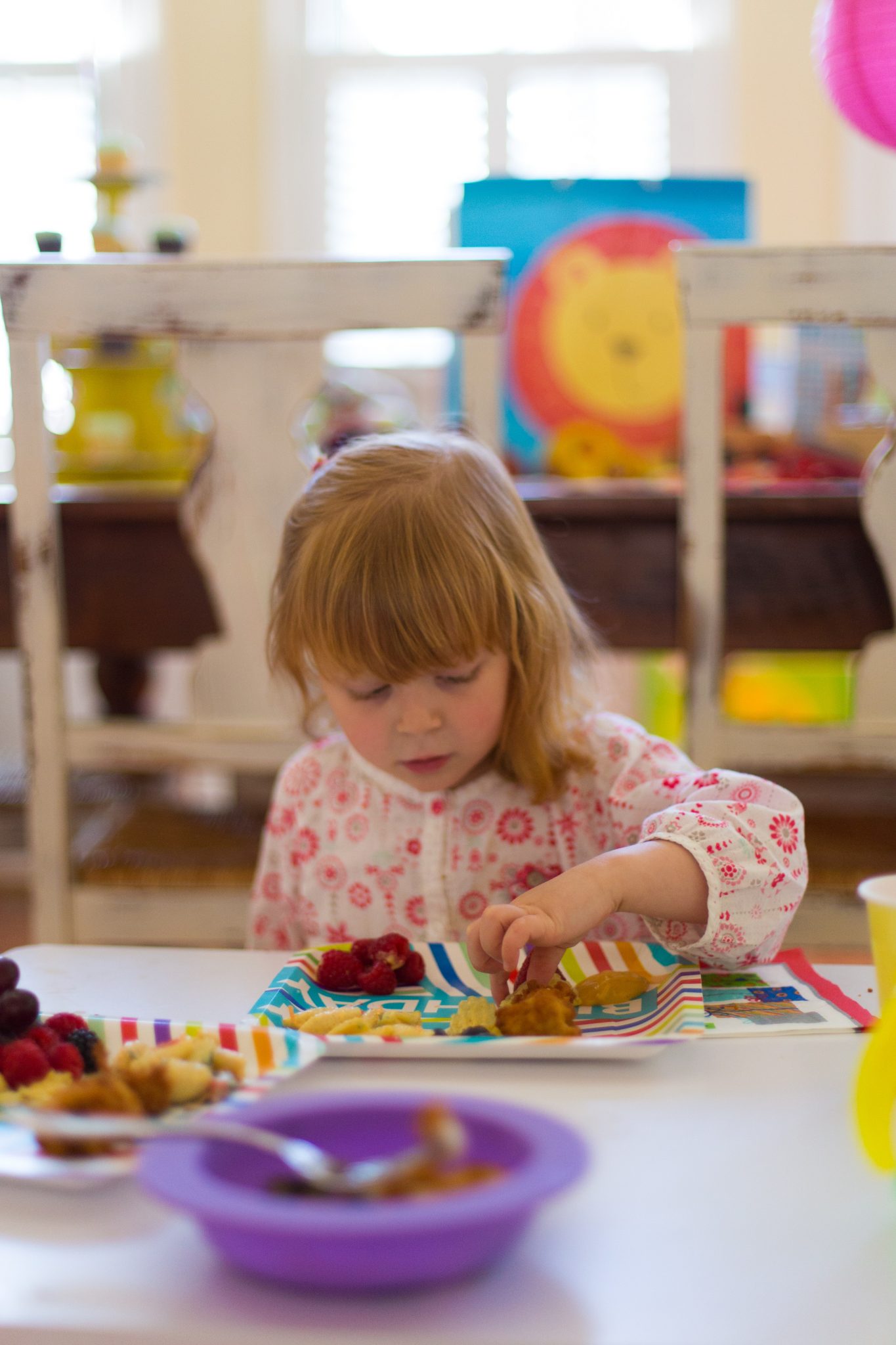There are countless articles about picky eaters, food battles and how to get children to eat healthy foods. Many parents resort to sneaking vegetables into cakes and bribing children with toys and trips to the park. Tears and tantrums can be sparked over a single green bean placed on a primarily white food plate. It can be exhausting and discouraging for all! Whether pregnant or parenting a preschooler, it’s never too late to begin making small changes that will add up to big differences at mealtime.
The easiest way to help children develop healthful eating habits is to start early— in utero! Research has shown a fetus’ taste buds begin forming food preferences through the amniotic fluid in the second and third trimesters. Pregnant and nursing mothers should eat healthy and varied diets for their baby’s optimal development and future food preferences. When solids become a part of a baby’s daily meals, choose unprocessed, organic and wholesome foods. Sugar and salt should not be added to a child’s diet under 18 months. And don’t become discouraged; it may take up to ten experiences with a new food before it becomes a child’s preference in the future.
As toddlers become more verbal and selective in the foods they want to eat, offer them simple choices. “Would you like a banana or an apple slice? Would you prefer a cucumber or carrot stick?” Involving the child gives her some ownership and lessens the chance of a power struggle. It’s also an opportunity for a language lesson. Clearly say each food’s name, its color and describe its texture. This language lesson may lead to a ‘fruitful’ conversation!
Visit a local garden. If the child is too young to participate, being an observer will still be enriching. The experience is a great for her developing senses— seeing, feeling, tasting, smelling and hearing. Exploring together is fun and another perfect opportunity to expand her language skills by sharing the names of the plants and vegetables with her. It is an added bonus if she can pick some of the foods directly from the garden. Planting and caring for a home garden as a family, in the yard or in pots, is great, too. As the foods grow, the child will be excited to pick and more likely to taste them!
A three to six year old child loves to participate in the kitchen. During meal preparations, ask the child to help in age-appropriate ways. With proper supervision and child-size utensils, she can set the table, chop and peel vegetables and fruits, pour water into glasses and more. Talk about where the food is from and how it helps in her development. Children’s books on health and eating are great to read together, too. Teaching children how to eat well and make nutritious food choices is a skill that will serve and impact them for life.
“Tell me and I forget. Teach me and I remember. Involve me and I learn.” Benjamin Franklin

